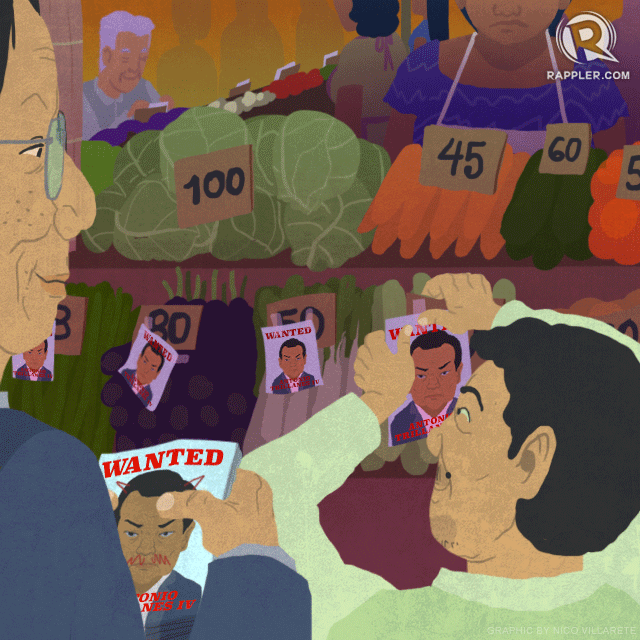
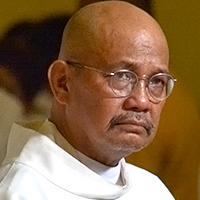
Nowadays, we often hear of government leaders who are incompetent and who use their position of leadership for their self-interest: they are corrupt, despotic, immoral, power-hungry, materialistic, abusive, and more concerned about their image or status. This can be found also in the police and military organization as well as the corporate world. Sadly, this kind of leadership may also be found in the Church. The scandals that rock the Church are not just about sexual abuse or misconduct, but also the self-serving way leadership is exercised.
Pope Francis in a homily on June 15, 2014, acknowledged the presence of corruption not just among politicians and businessmen but also some members of the clergy:
"We hear too much talk of a prelate who has become rich too and left his pastoral duty to care for his power. So the corrupt politicians, the corrupt businessmen, and the corrupt clergy are to be found everywhere – and we have to tell the truth: corruption is precisely the sin that the person with authority – whether political, economic, or ecclesiastical – over others has most readily at hand. We are all tempted to corruption. It is a 'handy' sin, for, when one has authority, one feels powerful, one feels almost like God."
The great temptation of those having authority is to "feel powerful and almost like God" – that one is above the law and can do anything he likes. Jesus warned his disciples about this kind of leadership: "You know that the rulers of the Gentiles lord it over them, and the great ones make their authority over them felt. But it shall not be so among you." (Mt 20:25)
Many of these problems and scandals may be caused by the failure to recognize and overcome the dark side. There is a dark side of leadership which has to be brought out into the open, into the light. The dark side which is often toxic and destructive brings out the worst version of the self.
From a psychological perspective, the dark side is often associated with personality disorder and abnormal behavior which has roots in the unconscious. Among the manifestations are narcissism, insecurity, bipolar disorder, obsessive compulsions, despotic behavior, aggression, uncontrolled anger or intermittent explosive disorder, addictive behavior, sexual abuse, etc. More often, the underlying causes of such disorder is complex – some involving childhood psychological trauma, abuse, rejection, etc.
Christian tradition often associates the manifestation of the dark side with the so-called 7 deadly sins or cardinal sins: pride, greed, lust, envy, gluttony, wrath, and sloth. Every human being, including priests, are prone to these "capital vices." The dark side is associated with the 4 cravings or basic temptations that try to dominate the life of each human being, especially those in leadership positions: (1) the craving for sensual pleasure; (2) the craving for material possession; (3) the craving for power and influence; and (4) the craving for popularity, fame, and glory.
One basic temptation for a leader is to gratify one's sensual desire. The leader has at his disposal whatever he wants and he can easily indulge in addictive behavior – whether it be food, alcohol, gambling, drugs, or sex. The leader can spend a lot of time in the casino, cockfighting arena, or the mahjong table. In order to deal with the pain – whether physical or psychological – he can become a drug addict (which is a form self-medication). Another temptation is to indulge in illicit sexual behavior/misconduct (whether heterosexual or homosexual) – keeping a mistress/or concubine, including abuse of minors.
A leader has access to huge amount of money. The big temptation is to use his position to accumulate wealth and material possessions. The dark side of leadership becomes evident when this becomes his main motivation. His heart is full of greed and avarice. He needs more to maintain a luxurious lifestyle – a palatial home, the latest fleet of cars, clothes, gadgets, etc. This is also necessary to maintain his vices and addiction – to drugs, alcohol, gambling, sex, or seducing minors.
For many politicians and government officials, a leadership position becomes a source for accumulating wealth and material possessions. This is also a means for gaining and maintaining political power. This is often associated with patronage politics. No wonder, many will run for office – as local government officials (barangay leaders, mayors, governors), as representatives and senators, as presidents. There is money in public office and government bureaucracy. Running for office requires huge amount (campaign staff, advertisement, vote-buying, etc.) and once in office, he needs to recoup his expenses and generate funds for reelection. The temptation of wealth and material possessions can also lead many police and military personnel to engage in criminal activities (kidnapping, hold-up, extortion, drug-pushing, gambling, etc). The temptation of wealth is the main source of corruption in the government. It is like cancer that metastasize or spread in all levels – from the highest to the lowest.
When a person occupies a position of authority and leadership, he often feels powerful. Traditionally, this power is associated with the capacity to impose his will and dominate others. He makes decisions and expects to be obeyed. He can threaten and coerce others to do his bidding, to demand respect and even fear. He can even have the power of life and death over others. He can get away with murder. This power comes with perks and privileges. He has at his disposal the wealth and resources that comes with the office.
Power tends to be aphrodisiac. Sexual abuse can be an assertion of power. He thinks he is the law, that he is above the law. This is the biggest and most destructive temptation of leadership – the drive for power. How to come to power, how to exercise power, and how to perpetuate himself in power. When this becomes the dominant motivating force, the dark side of leadership is fully manifested. Lord Acton's popular dictum is correct: power tends to corrupt and absolute power corrupts absolutely. A person who is narcissistic and lacks a sense of remorse and guilt and who thinks of himself as god is most dangerous when he is in a leadership position.
The leader is often placed in the limelight. He is the focus or center of attention – especially from followers and the media. Honor, fame, popularity and prestige tend to accompany the position of authority and leadership. The dark side is evident when seeking fame and being conscious of one's image become the underlying motive of the leader's behavior and decisions. He is full of vanity. This can also be accompanied by a sense of entitlement and the expectation of being given a VIP treatment.
The biggest temptation that a leader faces is to use his position as means for satisfying these drives, to allow himself to be dominated by one or all of these drives. The account of the temptation in the desert was symbolic of Jesus' struggle and rejection against this type of leadership – motivated primarily by self-gratification, wealth, power, and privilege.
Thus, everyone occupying leadership positions are subject to one or more of these diabolical temptations. This is part of the fallen, sinful nature of human beings. At the core of all these is selfishness, greed, and pride. The dark side is associated with ignoring or breaking God's commandment and falling into sin. When he does this, the leader makes himself a god – failing to recognize that he is only a creature and there is someone greater than himself to whom he is accountable. He thinks that he is above the law and does not have to follow or observe the law – whether it be the divine law or the laws of society. He can easily lie, cheat, steal, or use coercion or violence to get what he wants – whether it be sensual pleasure, wealth, power or fame. He does not respect the dignity and rights of others. He does not listen to his conscience or has a dull conscience.
He lacks a moral compass and becomes immoral. Sexual misconduct or abuse come easy. For him, there is nothing wrong with cursing others or even God. He lacks a sense of remorse and guilt. He becomes cruel and corrupt. Having a hardened heart, he does not care if others suffer as a consequence of his acts and decisions. All he cares about is himself. This kind of leader can be encountered in the political and economic arena. This can also be found in the religious sphere. The dark side of leadership is responsible for the reign of evil in the world – for the corruption, violence, injustice, poverty, inequality, tyranny, violation of human rights, the destruction of the environment, etc.
The Church has been wracked with scandal and weakened due to her leaders who have been dominated by the dark side. This should never be allowed to happen again. There is indeed a need to confront the dark side of leadership in the society and the Church. The Church must exercise a prophetic role vis-à-vis the political and economic leaders and systems dominated by the dark side. In order to be credible, this prophetic role must also be exercised within the Church and directed to Church leaders. The clergy must listen to the prophetic voices within the Church – whether priests, religious, or laity. There have been saints who by their witness of life have been a conscience to the Church whose leaders have succumbed to the temptation of wealth, power and glory and failed to become good shepherds.
There is a need to develop a corporate culture among the clergy where everyone is encouraged and inspired to live up to the high standards of the priesthood and those whose behavior is inappropriate or sinful can be corrected or held accountable. Such culture, while compassionate, should be intolerant of any wrongdoing. They should never cover up for the misconduct and immoral deeds of their fellow priests. Ultimately, the only way to overcome the dark side of leadership is to live in the light, to undergo a constant process of conversion and to become humble, loving, compassionate good shepherds and servant leaders, following the example of Jesus. – Rappler.com
This piece was originally published on Father Amado Picardal's blog on August 30. Rappler is republishing this with his permission.
(Father Picardal's photo courtesy of CBCP News)


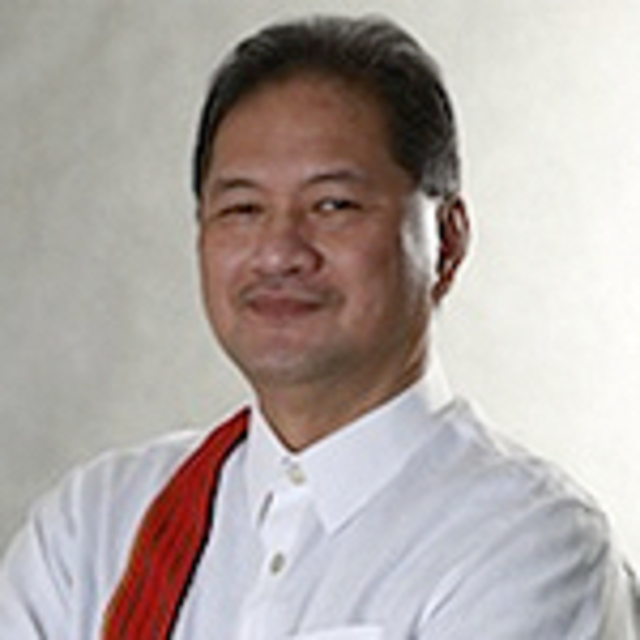














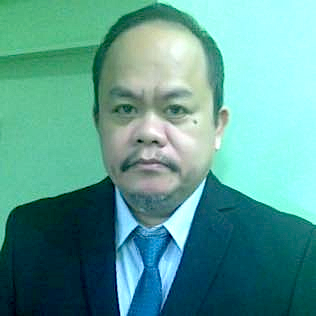


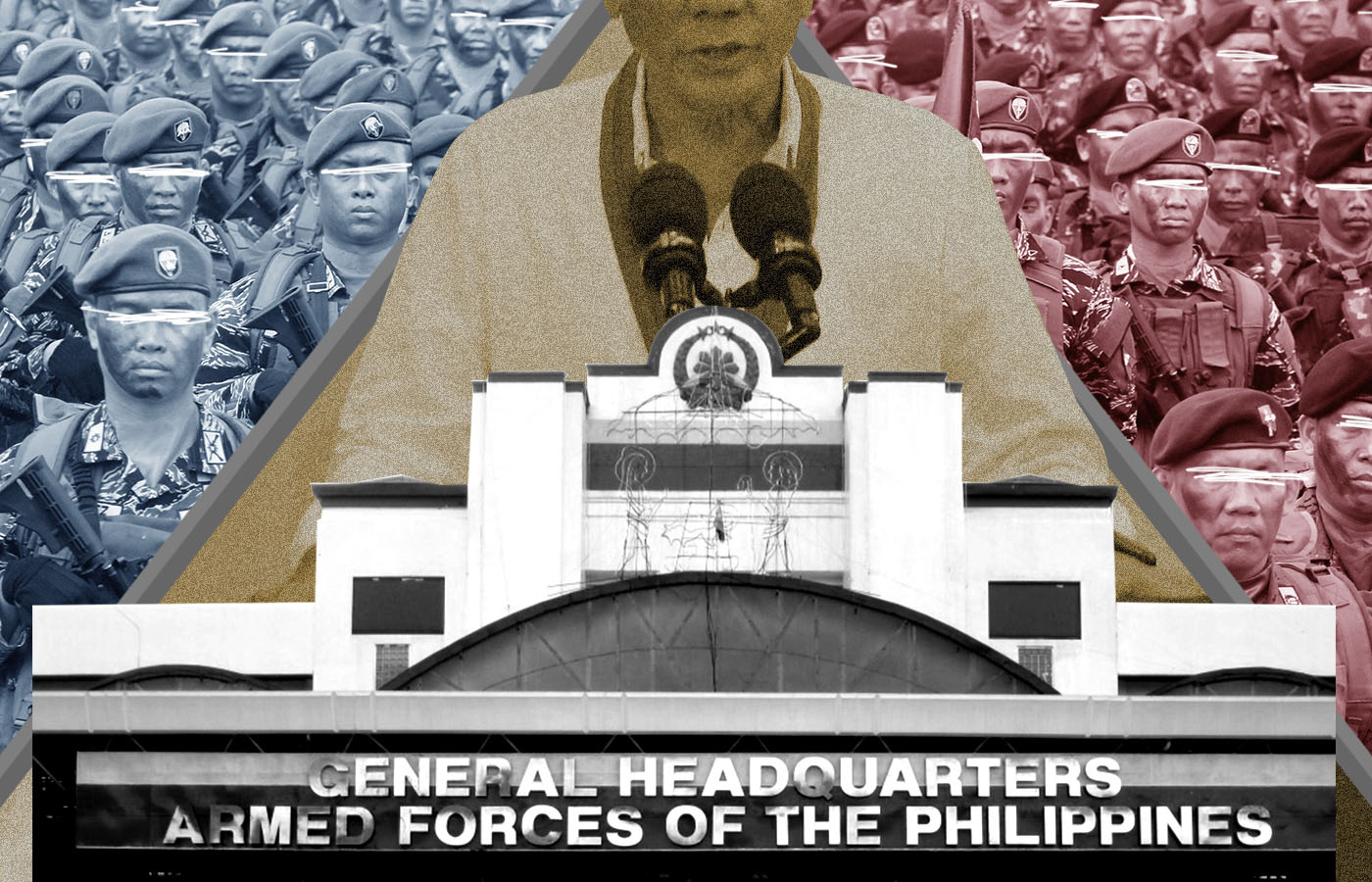


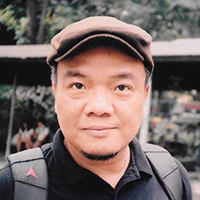 Lagi ko itong sinasabi sa bawat pagkakataong maiimbitahan akong magsalita o kapag magsusulat hinggil sa mga paksang tungkol sa paglipana ng teknolohiya at ng social media platform, at uulitin ko ngayon: sa dami ng dapat nating matandaang pangyayari, napakadali na nating makalimot.
Lagi ko itong sinasabi sa bawat pagkakataong maiimbitahan akong magsalita o kapag magsusulat hinggil sa mga paksang tungkol sa paglipana ng teknolohiya at ng social media platform, at uulitin ko ngayon: sa dami ng dapat nating matandaang pangyayari, napakadali na nating makalimot.


